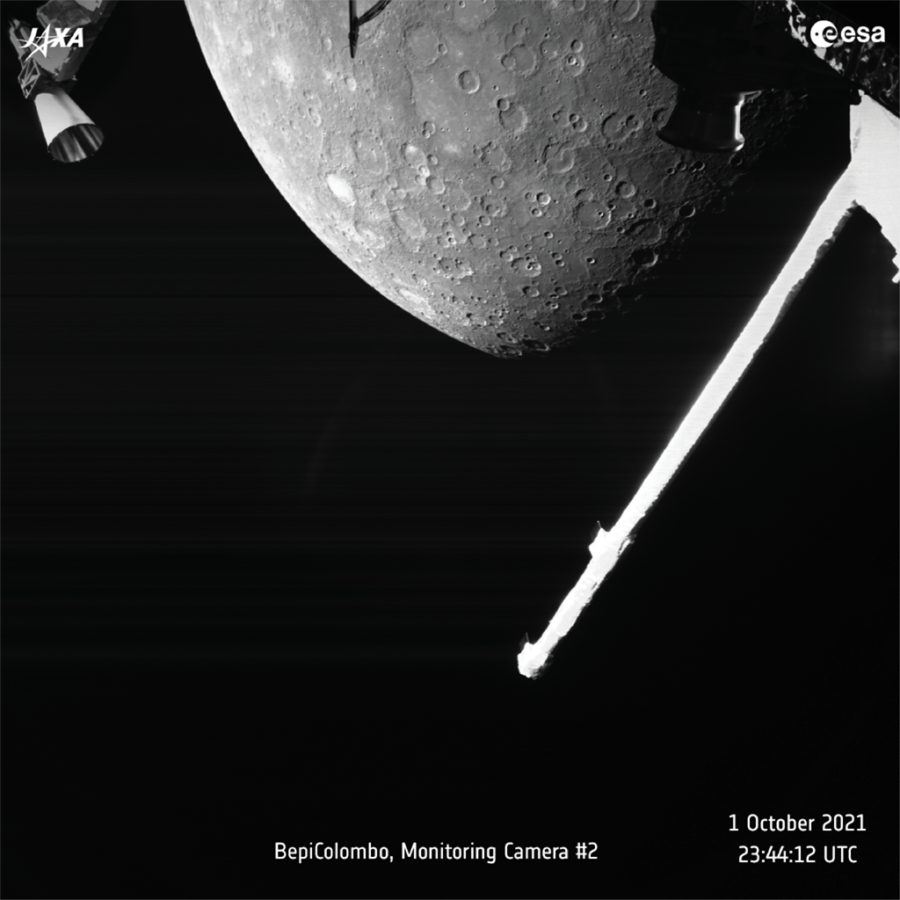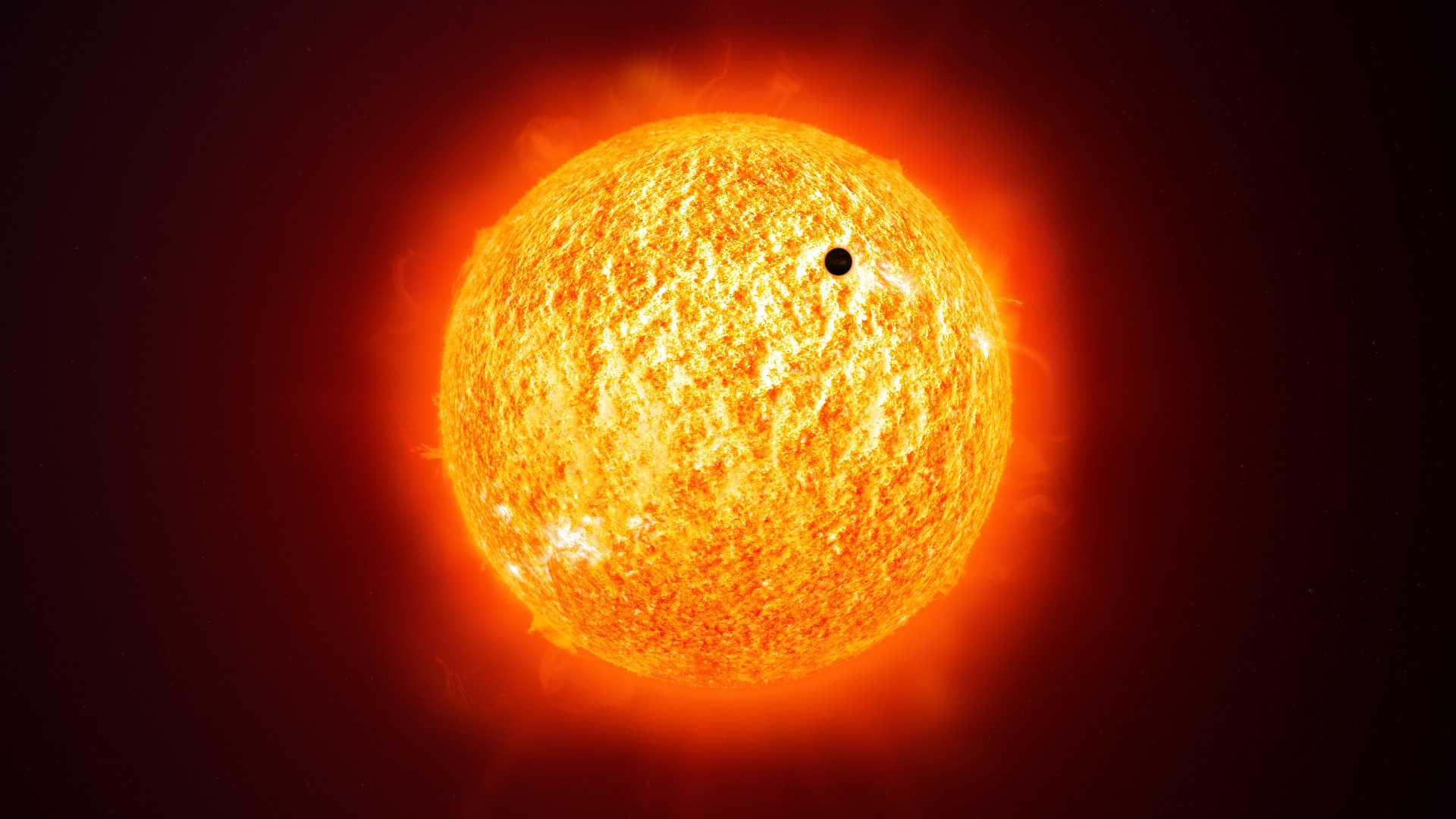A joint mission by the European Space Agency (ESA) and Japan Aerospace Exploration Agency (JAXA) has sent back its first images of Mercury.
The BepiColombo mission was launched in October 2018 and three years later on 1st October it snapped an image of the planet from 2 418km away as it swung past the planet for a gravity assist manoeuvre.
The mission is ultimately destined to start in Mercury’s orbit in 2025, so why is it having to fly-by?
“During its seven-year cruise to the smallest and innermost planet of the Solar System, BepiColombo makes one flyby at Earth, two at Venus and six at Mercury to help steer on course for Mercury orbit in 2025,” the ESA explained.

The image snapped by BepiColombo above shows the Northern Hemisphere of Mercury including the Sihtu Planitia region which is believed to have been flooded by lava.
“The 166 km-wide Lermontov crater is also seen, which looks bright because it contains features unique to Mercury called ‘hollows’ where volatile elements are escaping to space. It also contains a vent where volcanic explosions have occurred. BepiColombo will study these types of features once in orbit around the planet,” the ESA explained.
The BepiColombo mission is comprised of two spacecraft: the Mercury Planet Orbiter (MPO) and the Mercury Magentospheric Orbiter (Mio).
Mercury is a very poorly explored planet given its proximity to the Sun. There have only been two visits to the planet, both conducted by NASA.
BepiColombo will help scientists understand the history and more importantly the composition of Mercury. This should help us better understand how the inner planets were formed during the early days of our solar system.
“During its seven-year cruise to the smallest and innermost planet of the Solar System, BepiColombo makes one flyby at Earth, two at Venus and six at Mercury to help steer on course for Mercury orbit in 2025,” the ESA added.

